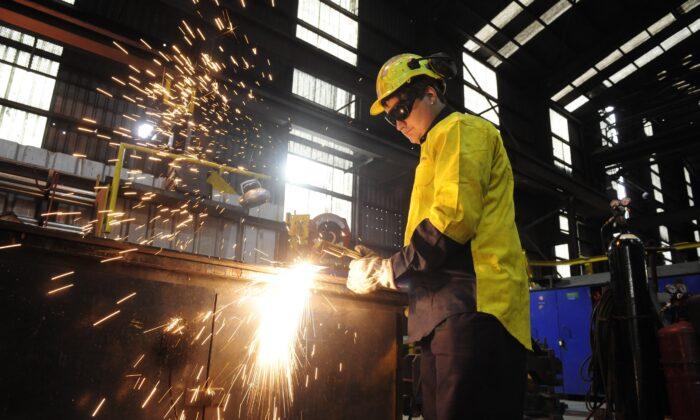The Australian Industry Group (Ai Group), the peak group representing national employers, has revealed that business leaders are cautiously hopeful for 2022 despite the seriousness of the anticipated disruptions.
Ai Group Chief Executive Innes Willox said it was clear from the results that CEOs are expecting their businesses to face fresh COVID-19-related disruptions in 2022. These include additional supply chain challenges, intensifying skill shortages, and a continuation of cost pressures seen in 2021.
Two years into the pandemic, 79 percent of respondents were anticipating further disruptions, with almost half ranking COVID-19 as the biggest constraint to growth.
Most expect further supply chain disruptions, with only 17 percent expecting the situation to improve relative to 2021 and almost one-third anticipating no change to the circumstances.
Skill shortages were the third most named impediment of business growth, with almost three-quarters of CEOs expecting difficulty in finding and retaining skilled staff this year.
Businesses are preparing to face these issues through measures such as renegotiating supply contracts or finding alternative suppliers, improving online capabilities, and investing in staff development and new technology.

Despite these challenges, there is also cautious optimism for the year. More than two and a half times more CEOs expect to increase their workforce compared to the number who expect employee numbers to fall.
There was a large divergence in the inflation expectation of business leaders compared to official agencies, such as the Treasury and the Reserve Bank of Australia (RBA).
Almost four-in-five business leaders expect further cost pressures, with only one percent expecting costs to subside.
“Members noted that inflation pressures in Australia were lower than in many other countries ... The central forecast was for underlying inflation to reach 2.5 per cent over 2023,” the board said.
Ai Group noted that this divergence in inflationary expectations was a “critical point” of difference that will be watched closely over the next few months.





